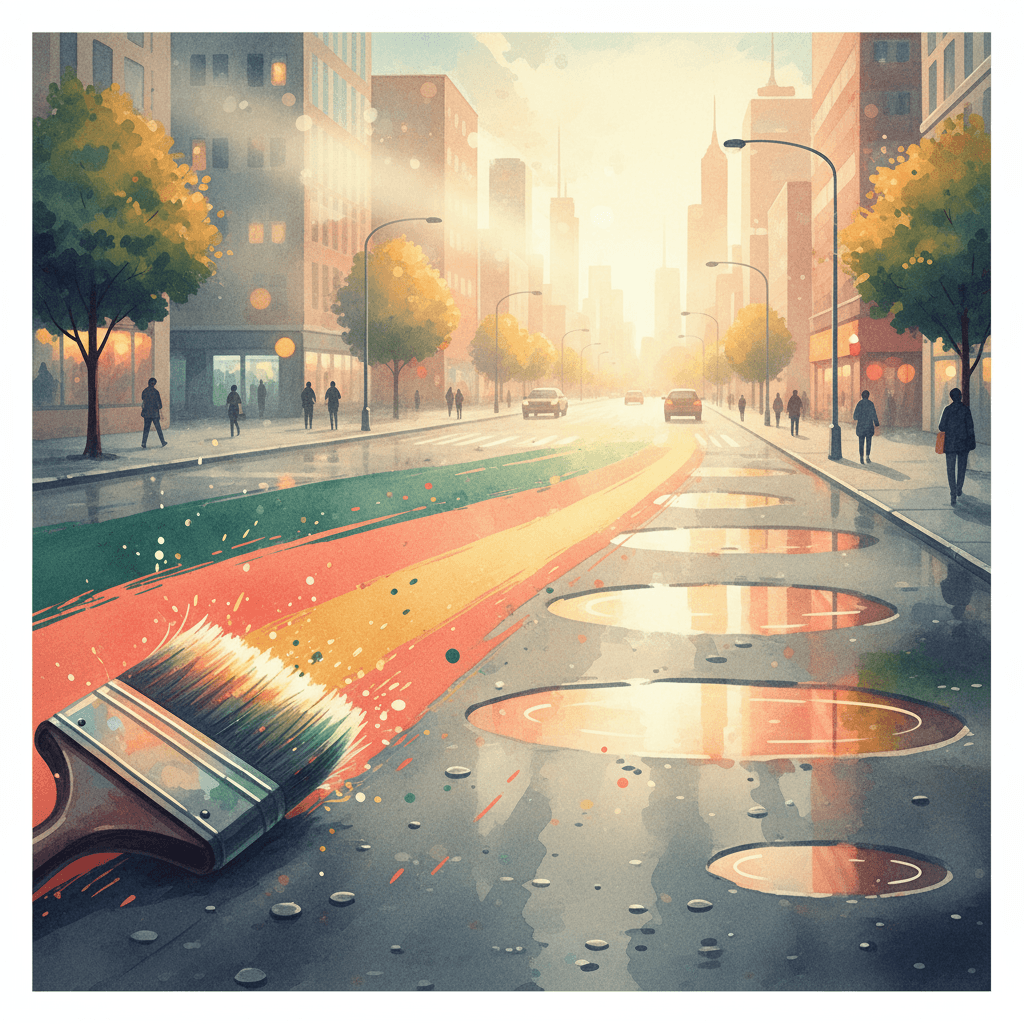Kindness as a Brushstroke Restoring a Tired World
Created at: October 14, 2025

A single brushstroke of kindness can repaint a tired world. — Frida Kahlo
The Brushstroke Metaphor
Opening with a painter’s image, the line equates a single act of kindness with a brushstroke capable of shifting the mood of an entire canvas. Because composition is accumulative, a lone stroke can redirect light, soften edges, or reveal form; likewise, one considerate gesture can recalibrate a weary day, altering how subsequent moments are perceived.
Frida’s Palette of Empathy
Though popularly attributed to Frida Kahlo (and not easily verified in her letters or diary), the sentiment aligns with her practice of turning pain into connection. In The Two Fridas (1939), twinned selves share an exposed artery, a stark metaphor for mutual vulnerability and care. Moving from image to ethic, her self-portraits invite viewers to witness suffering without turning away, a first kindness that makes further compassion possible (Hayden Herrera, Frida: A Biography of Frida Kahlo, 1983).
How Kindness Spreads Through People
Extending from canvas to crowd, social science shows that goodwill cascades. Experimental network studies report that cooperative behavior spreads up to three degrees, prompting recipients to pay kindness forward (James H. Fowler and Nicholas A. Christakis, PNAS, 2010). Moreover, giving elevates the giver: prosocial spending increased happiness across cultures, which in turn predicted future generosity (Elizabeth W. Dunn, Lara B. Aknin, and Michael I. Norton, Science, 2008). Such findings clarify the mechanism by which a single stroke can re-tint a whole scene.
Easing a World Weary with Burnout
Against today’s backdrop of exhaustion, these small gestures matter. The World Health Organization classified burnout as an occupational phenomenon in ICD-11 (2019), and compassion fatigue remains a risk in care work (Charles R. Figley, 1995). Yet micro-acts—an unhurried hello, a patient explanation, a shared seat—briefly lower threat and restore trust, much like adding a whisper of light to a dim passage, inviting the eye, and the spirit, to rest.
The Aesthetics of Repair
Consequently, kindness functions less like decoration and more like restoration. The Japanese practice of kintsugi mends broken ceramics with gold lacquer, making the fracture part of the beauty; likewise, attentive care turns damage into design. Kahlo herself painted her plaster corsets and medical supports, reclaiming constraint as color and story (The Diary of Frida Kahlo, 1995). Repair, in both art and life, is incremental, luminous, and contagious.
A Practical Palette for Everyday Kindness
Finally, if one stroke can shift the scene, we can choose strokes wisely. Begin with small, repeatable moves: name and notice others, default to warm greetings, ask one more curious question, and write brief thanks. Then structure environments to make kindness easy—place reminders, set generous defaults, and build rituals of check-ins. With practice, the picture brightens not by accident, but by design.